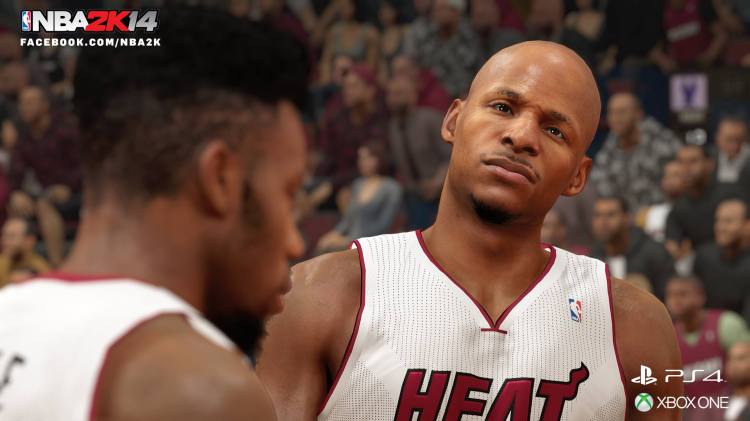The next thing in online features
Let’s say you’re playing a game of Madden and your power goes out. Previously, that meant you just lost every play and touchdown you scored, but not on next gen.
“You can restart an unfinished game no matter how you turned the system off,” said Bellanca. “If you hit power or pull a plug out or whatever, you can just load back in.”
This is something that the improved online infrastructure of the PS4 and Xbox One enabled the developer to accomplish. Other studios, like the team at Ubisoft producing open-world racing game The Crew, is using the improved online to make its seamless online world even better.
“Every other car on the road could be A.I., or they could be other players,” The Crew creative director Julian Gerighty told GamesBeat. “Just by meeting them, you can invite them into your crew and set asynchronous challenges for them.”
Ubisoft first accomplished something similar to this with its Test Drive Unlimited racer, but next-gen enables the company to make The Crew bigger and capable of withstanding even more players.
EA Sports is using online to accomplish something a little bit different with NBA Live 14. The developer is using the connectivity and huge hard drive of Sony’s and Microsoft’s systems to power a living database that keeps the basketball title up-to-date with the constantly changing world of the NBA in nearly real time.
“We want to evolve to the point where we have a sports game-as-a-service,” O’Gallagher said. “We want it so that whatever you see on ESPN is exactly what you get in the game.”
To accomplish that, EA Sports’ NBA studio developed an online backend where it can update the look of players on the fly. If a player breaks his nose and needs to wear one of those plastic face masks, he’ll appear that way in the game. If a superstar introduces a new line of shoes, he’ll wear those in NBA Live 14. If Lebron shows up with a new hairdo, his virtual self will get the same cut.
It doesn’t end at appearance, EA is working with basketball-analytics firm Synergy Sports Technology to develop its player intelligence. Synergy analyzes every game and tracks fine details like how many times each player breaks left or right off the dribble. That info builds up a whole profile that informs how the digital character behaves in the game. Synergy’s data updates almost instantly after a game, and EA is using that to create challenges based on actual performances that occur in the NBA from day to day. The studio can also change a players stats and A.I. as they evolve over a season.
Controller gimmicks
I asked every developer I saw if they were doing anything with the Dual Shock 4’s or Xbox One controller’s unique capabilities. Next-gen isn’t just about processors — it’s also about these improved interface devices. Out of all the studios I asked, only EA’s NBA Live 14 team utilized the controller for anything worthwhile.
When an offensive player is up against a defensive player — like when their bodies are forced against one another’s in the post — the controller (both Xbox One’s and PS4’s) will vibrate depending on the side that is doing the pressing. On PS4, at least, those vibrations have three different levels of intensity that indicate how hard the other player is pressing up against your character. If you’re on defense and the controller is vibrating like mad, you could move your character out, and it’s likely that the opponent will fall to the ground because they were putting so much force into you.
That’s an interesting way to convey information to the player using something other than audio or visual, but it is only a gimmick at this point.
Are these games really what’s next for virtual sports?
Yes, but that doesn’t necessarily mean they’re going to blow you away. If you want gorgeous visuals that are indistinguishable from reality, next-gen sports games aren’t going to deliver that yet. The graphical and aesthetic improvements are pretty minor overall with most of the separation coming in the details.
Still, these developers are finding ways to make their games stand out at launch, and the stuff they’re doing could lead to even bigger improvements in 2014.
VentureBeat's mission is to be a digital town square for technical decision-makers to gain knowledge about transformative enterprise technology and transact. Learn More


